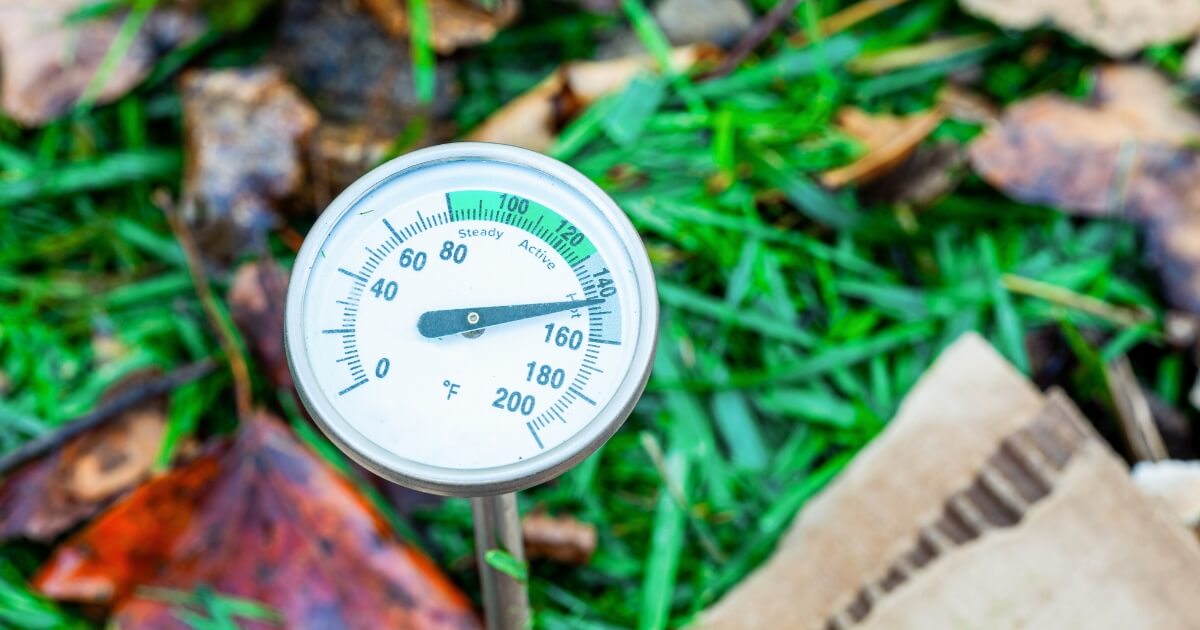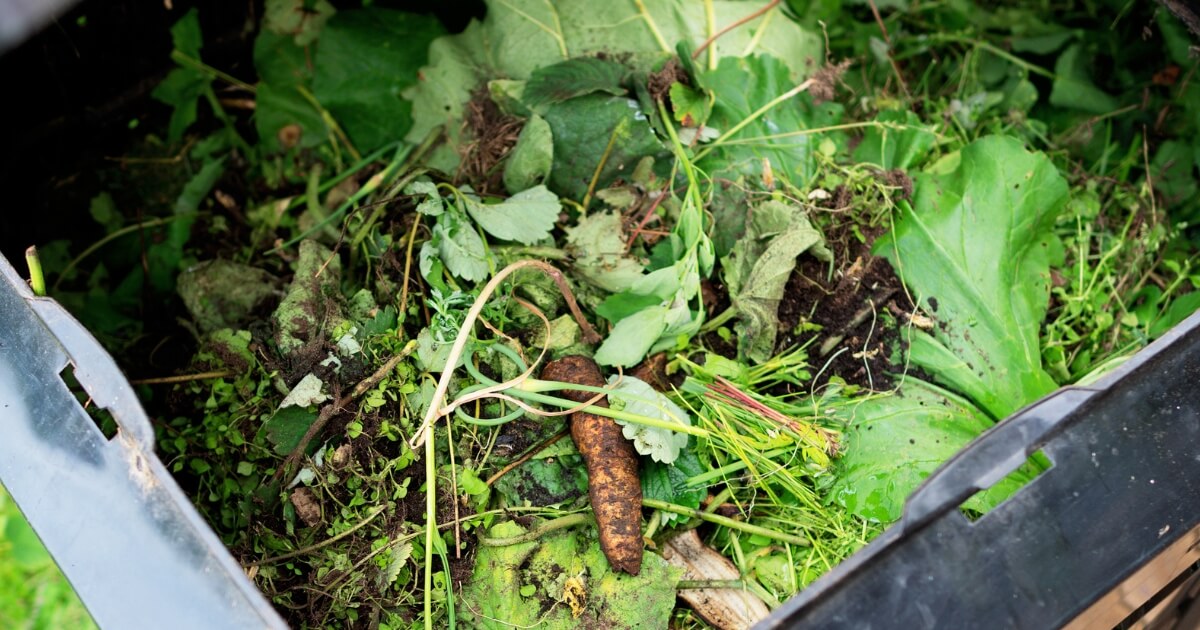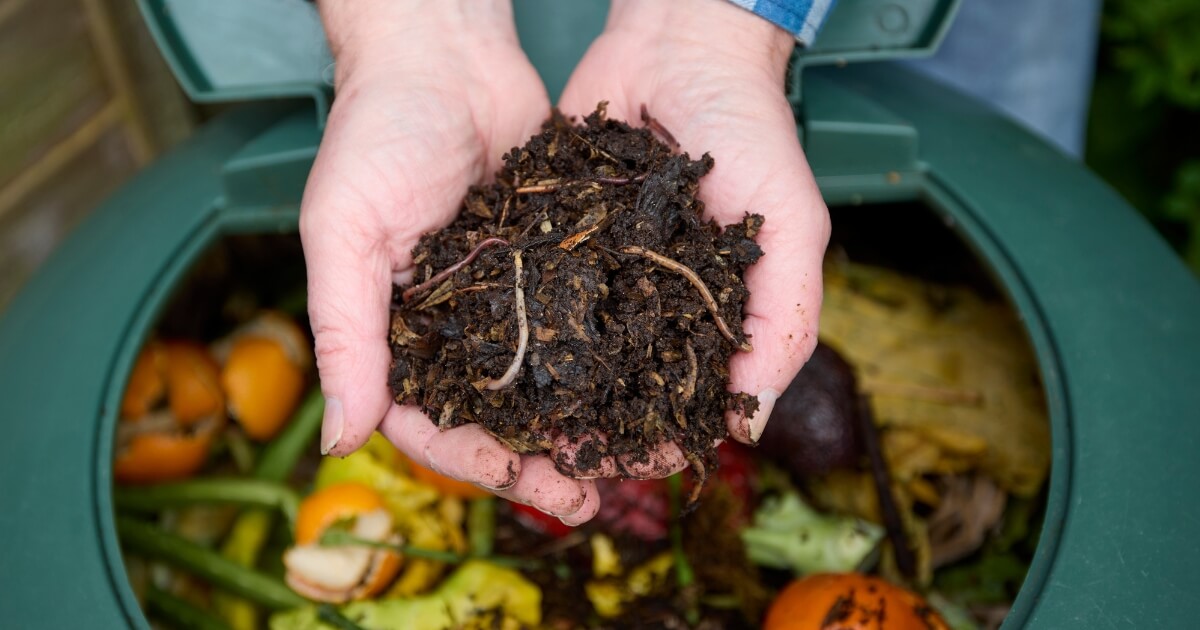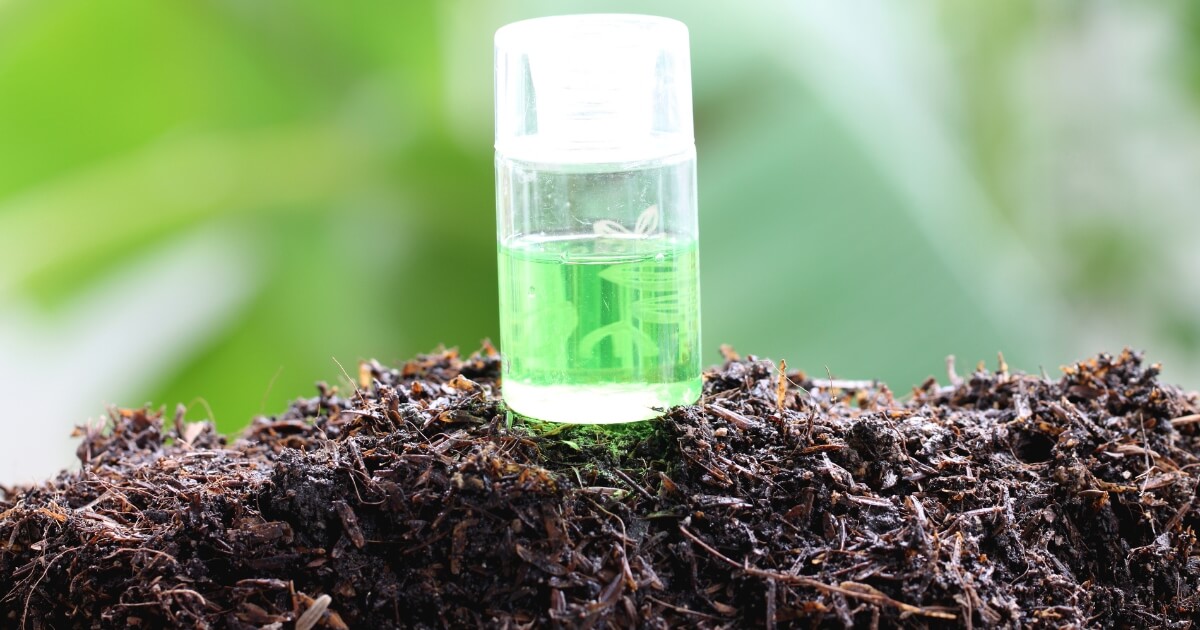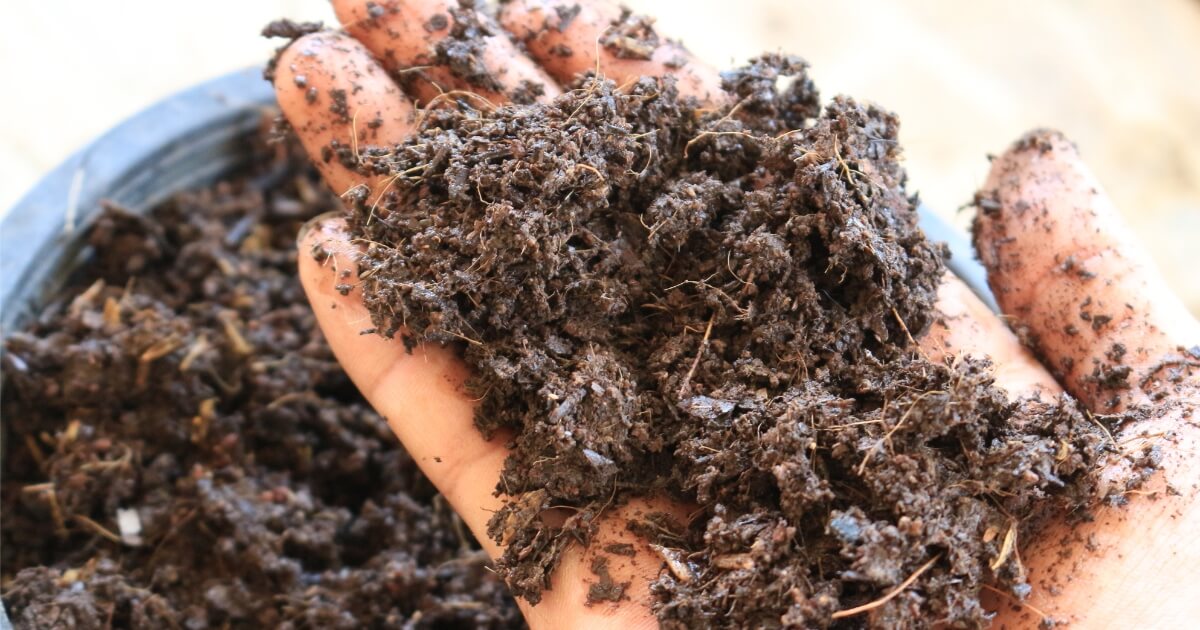Mastering composting skills takes time and practice, including learning how often to turn compost.
While turning compost aerates the material, distributes moisture, revs up the heat, and brings fresh “food” to hungry microbes, there’s a right and wrong way to accomplish the task.
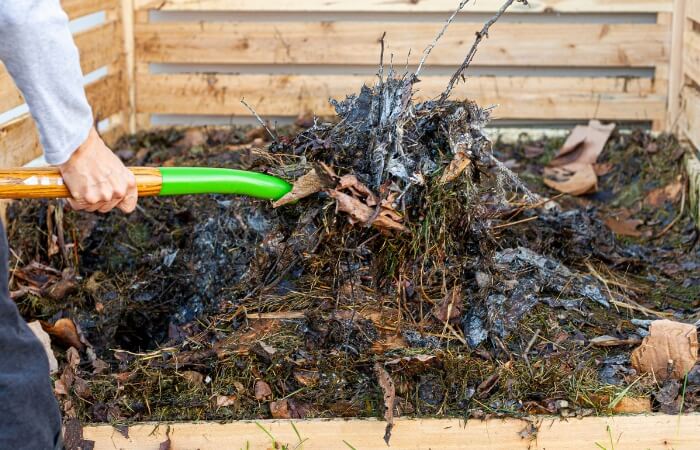
To save you from making rookie composting mistakes, I put together this short guide to how often you should be turning your compost, what tools to use, and the best ways to turn so your pile can decompose rapidly.
Garden and landscaping plants thrive on nutrient-rich compost, so read on to learn the proper way and schedule for turning compost so you always have a fresh supply!
Can You Turn Compost Too Much?
Yes, you can turn compost too much and actually slow down the processing of the materials.
You need to leave the compost to rest between turning to allow the fungi and microbes to work their magic. The heat inside the pile generates from all the aerobic and anaerobic bacteria microbial action and helps soften and break down organic matter further.
There’s a fine line between keeping your compost breaking down actively and allowing it to fester by letting it sit too long or going cold by turning it too much.
Most people are unaware that starting a compost pile will require a good mix of ingredients (3:1 or 2:1 brown to green ratio) that need to be left alone for a couple of weeks to heat up and allow the fungi and bacteria to multiply.
Once the pile’s center is hot, you can regularly turn the pile and add more household and yard waste to the mix.
The timing for turning compost depends on:
- The type of composting system (pile, bin, or tumbler)
- Compost temperature
- Weather conditions
- Ingredient mix
- How long has the compost been processing
- How quickly do you want the compost to finish
Since no two compost piles will be the same, you’ll need to follow basic timing rules for turning compost and alter them a bit to fit your needs.
Having a quality compost thermometer is extremely helpful to determine when you need to turn your compost.
Once the internal temperature of the compost drops below 100°F (37°C), the microbial activity starts to dwindle, and decomposition slows without a fresh influx of oxygen, food, and moisture.
Best Ways To Turn Compost
Before I detail the best ways to turn compost for the quickest processing, there’s one product you need to own aside from a good garden fork, and that is a quality compost thermometer.
When To Turn a Compost Pile
The best time to turn a compost pile is when the internal temperature drops below 100°F (37°C). At this point, microbial activity starts to dwindle, and decomposition will slow without a fresh influx of oxygen, food, and moisture.
A rule of thumb for compost piles is to turn the material about every 10-14 days if you aren’t checking the temperature.
You’ll want to turn it more often during the most active phase of the processing and less as it ages.
Other ways to know when to turn a compost pile are when the pile shrinks down about a third in size, the material is very wet with a foul odor (mix in browns to offset the issue), or if you see an infestation of pests.
The best way to turn a large pile is to use a garden fork to grab large chunks of material and flip it.
When To Turn a Compost Bin
Compost bins typically contain less material than a pile and are in a stationary container that makes turning the contents difficult.
You’ll want to turn compost inside a bin every 5-7 days for the best results.
Using a compost aerating or turning tool is a great solution to this problem.
Jab the tool into the center of the bin and begin turning the handle while moving the pole up and down. The spinning and vertical motion will mix the ingredients without having any fall from the container.
When To Turn a Compost Tumbler
Compost tumblers are very user-friendly but holds the least amount of material to process into compost.
Since the material is inside an enclosed container with a door for access, the contents can retain heat better than other composting systems. It’s also easier to control the moisture level and ratio of ingredients.
You’ll want to turn a compost tumbler every four days or so. Just roll or crank the handle on the tumbler several times.
As the compost ages, turn the tumbler every week until decomposition is complete.
When To Stop Turning Compost
After you’re happy with the breakdown and texture of your compost material, it’s not ready to go into your garden just yet.
You’ll want to remove the compost from a bin or tumbler and pile it on the ground for two or three weeks to allow the contents to cool down.
For outdoor compost piles, you’ll want to spread the material from a tall rounded stack into a thinner flat layer, so more surface sits on the soil.
This step of resting the compost will give beetles, worms, and soil micro and macro-organisms a chance to move in, which improves the quality of the final product.
During this last composting phase, you’ll want to turn the material every 3-4 days until the compost is mature.
In Summary
If you have the time, you can make a compost pile and never bother turning it. In 18-34 months, you’ll have loose organic matter, but who wants to wait that long?
By following the tips above on how often to turn compost, you’ll be able to process household and garden waste much more effectively. Recycling that waste is good for the environment and even better for your garden!
